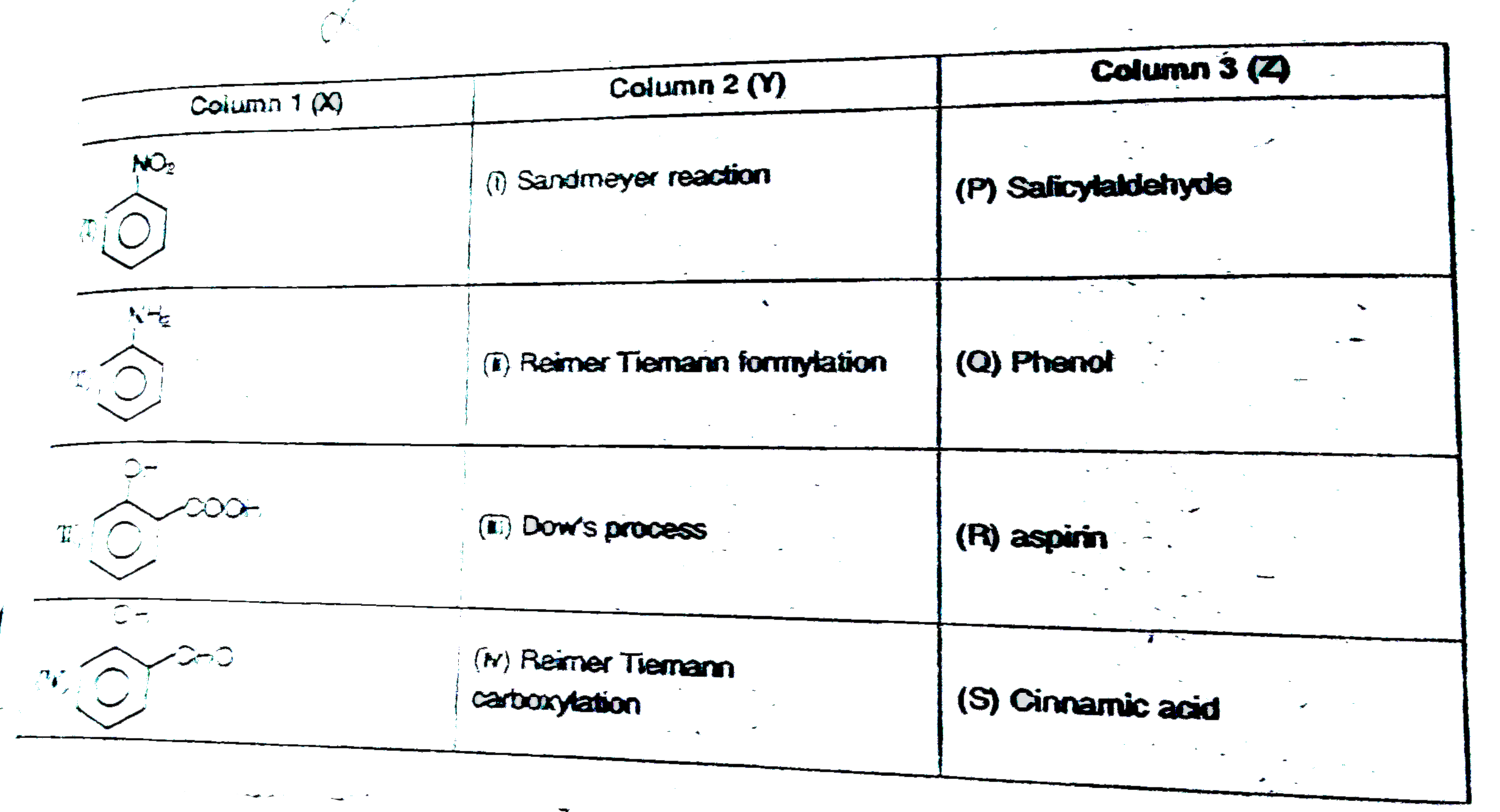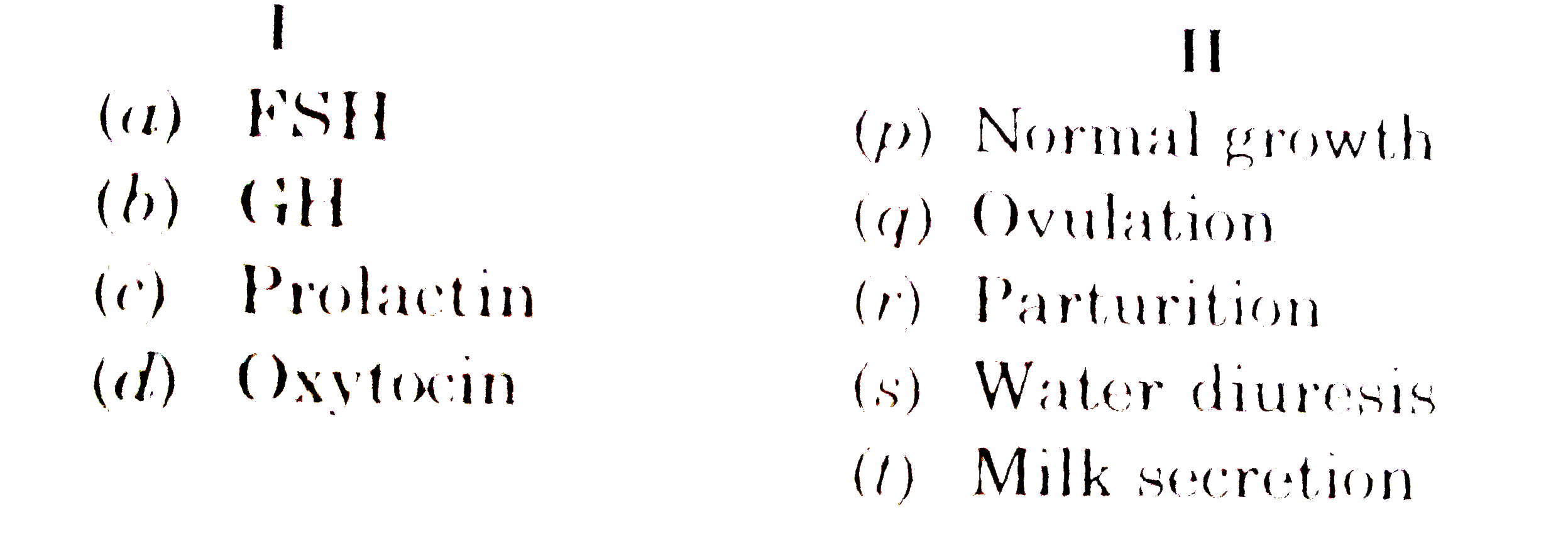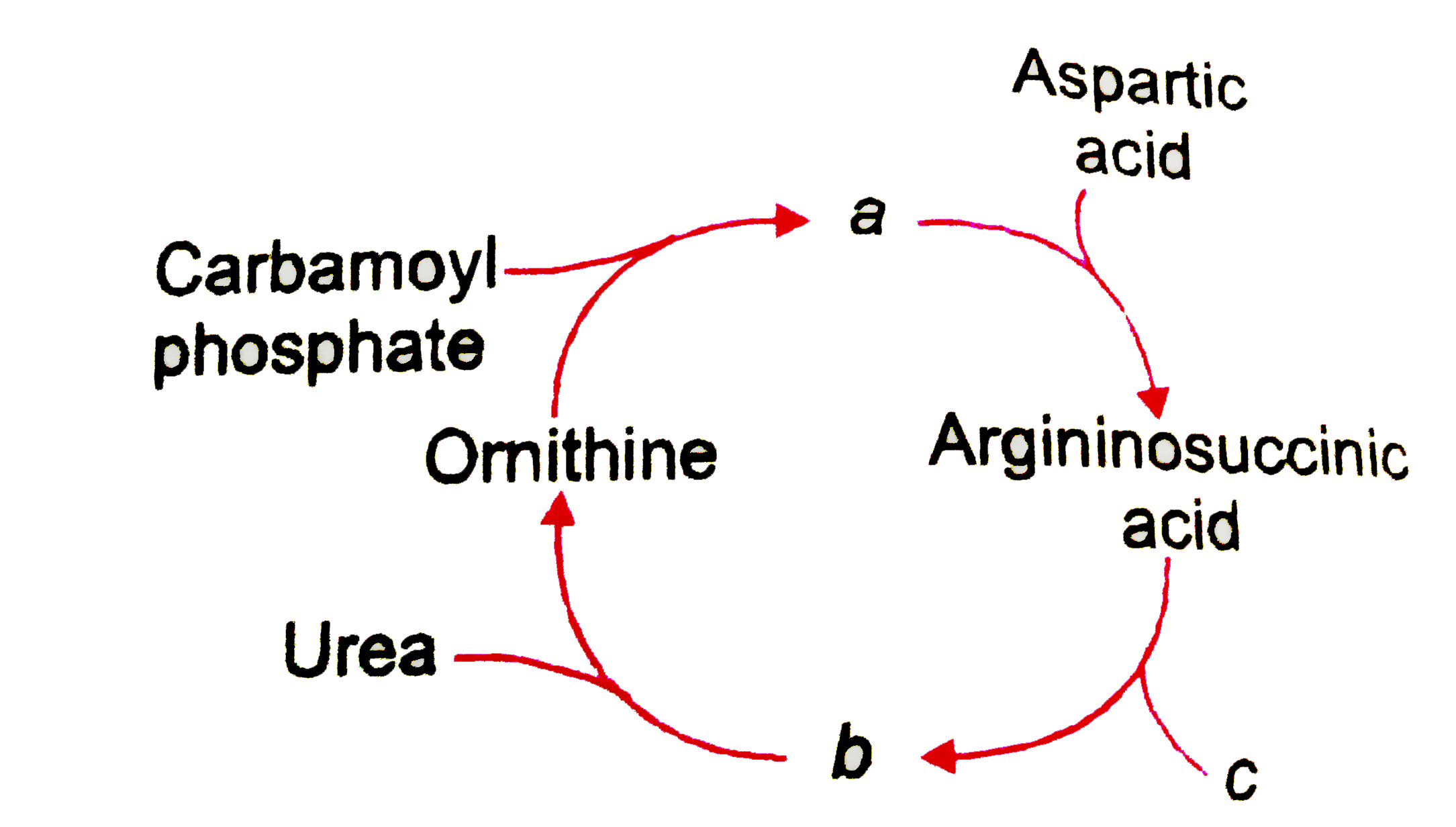Choose the correct combination
Trypsin - Class I - Cleavage of peptide bond
Succinic dehydrogenase - Fe as cofactor Malonic acid
Hexokinase - Class II - Rearrangement of atoms within a molecule
Nitrate reductase - MO as Cofactor - Removes O2 from substrate
The correct Answer is:D
To solve the question of choosing the correct combination of enzymes and their functions, we will analyze each option provided in the question step by step.
1. Analyze the first option: Trypsin, Class 1, Cleavage of Peptide Bond
- Trypsin is a digestive enzyme that breaks down proteins in the small intestine. It is secreted by the pancreas.
- Trypsin specifically cleaves peptide bonds, which means it does indeed perform cleavage of peptide bonds.
- However, it is important to note that trypsin is classified as a Class 2 enzyme (hydrolases), not Class 1. Therefore, this option is incorrect.
2. Analyze the second option: Succinic Dehydrogenase, FES, Cofactor of Malonic Acid
- Succinic dehydrogenase is involved in the citric acid cycle and catalyzes the oxidation of succinate to fumarate.
- Malonate acts as a competitive inhibitor of succinic dehydrogenase, but it does not use a cofactor like iron (FES).
- Thus, this option is also incorrect.
3. Analyze the third option: Hexokinase, Class 2, Rearrangement of Atoms within a Molecule
- Hexokinase is an enzyme that phosphorylates glucose to form glucose-6-phosphate, which is a key step in glycolysis.
- The function of hexokinase is not to rearrange atoms but to add a phosphate group to sugars (phosphorylation).
- Hexokinase is classified as Class 2, but its primary function does not involve rearrangement of atoms. Therefore, this option is incorrect.
4. Analyze the fourth option: Nitrate Reductase, Mod of Them as Cofactor Removes Oxygen from Substrate
- Nitrate reductase is an enzyme that catalyzes the reduction of nitrate (NO3-) to nitrite (NO2-), and it uses molybdenum as a cofactor.
- This enzyme indeed removes oxygen from the substrate during the conversion process.
- Therefore, this option is correct.
Conclusion:
Based on the analysis, the correct combination is:
Option 4: Nitrate Reductase using Molybdenum as a cofactor removes oxygen from the substrate.
- Trypsin is a digestive enzyme that breaks down proteins in the small intestine. It is secreted by the pancreas.
- Trypsin specifically cleaves peptide bonds, which means it does indeed perform cleavage of peptide bonds.
- However, it is important to note that trypsin is classified as a Class 2 enzyme (hydrolases), not Class 1. Therefore, this option is incorrect.
- Succinic dehydrogenase is involved in the citric acid cycle and catalyzes the oxidation of succinate to fumarate.
- Malonate acts as a competitive inhibitor of succinic dehydrogenase, but it does not use a cofactor like iron (FES).
- Thus, this option is also incorrect.
- Hexokinase is an enzyme that phosphorylates glucose to form glucose-6-phosphate, which is a key step in glycolysis.
- The function of hexokinase is not to rearrange atoms but to add a phosphate group to sugars (phosphorylation).
- Hexokinase is classified as Class 2, but its primary function does not involve rearrangement of atoms. Therefore, this option is incorrect.
- Nitrate reductase is an enzyme that catalyzes the reduction of nitrate (NO3-) to nitrite (NO2-), and it uses molybdenum as a cofactor.
- This enzyme indeed removes oxygen from the substrate during the conversion process.
- Therefore, this option is correct.
Based on the analysis, the correct combination is:
Option 4: Nitrate Reductase using Molybdenum as a cofactor removes oxygen from the substrate.
Topper's Solved these Questions
- BIOMOLECULESBook:AAKASH SERIESChapter:BIOMOLECULESExercise:EXERCISE - II (Carbohydrates)
Explore 30 Videos
- BIOMOLECULESBook:AAKASH SERIESChapter:BIOMOLECULESExercise:EXERCISE - II (Amino acids)
Explore 13 Videos
- BIOMOLECULESBook:AAKASH SERIESChapter:BIOMOLECULESExercise:EXERCISE - I (Enzymes Inhibition)
Explore 10 Videos
- BIOLOGICAL CLASSIFICATIONBook:AAKASH SERIESChapter:BIOLOGICAL CLASSIFICATIONExercise:EXERCISE-III (Previous AIPMT/NEET Question)
Explore 37 Videos
- CELL CYCLE AND CELL DIVISIONBook:AAKASH SERIESChapter:CELL CYCLE AND CELL DIVISIONExercise:Exercise-III
Explore 18 Videos
Similar Questions
Match the Columns I and II, and choose the correct combination from the options given.
Column-IColumn-IITaxonomis groupThreat of extinction(a)Birds(1)12 per cent(b)Amphibians(2)23 percent(c)Mammals(3)31 per cent(d)Gymnosperms(4)32 pert cent
View SolutionMatch the columus and choose the correct combination
Growth Regulator Action(a) Abscisic aicd(1) Delays leaf abscission(b) Ethylene(2) Inhibits seed germination(c) Cytokinin(3) Herbicide(d) Auxin(4) Hastens fruit ripening
View SolutionMatch the columns I and II, and choose the correct combination from the options given.
Column IColumn IIa. Brassica1. Pusa Sawanib.Cauliflower2.Pusa Sadabaharc.Chilli3. Pusa Shubhrad. Okra4. Pusa Swarnim
View SolutionMatch items of column I with thoses of column II and choose the correct combinations
Column IColumnIIaPneumonia(p)Vibro choleraebCitrus Canker(q)Mycobacterium lepraecCholera(r)Yersinia pestisdLeprosy(s)Xanthomonas citri(t)Diplococcus pneumoniae
View Solution
Choose correct combination for x,y and z

View Solution
Choose correct combination for x,y and z

View SolutionMatch the items given in column I with those listed in column. II choose the answer with the correct combination of the alphabets of the two columns.

View SolutionMatch the phytohormones given in column I with their functions given in column II. Choose the answer with the correct combination of the alphabets of the two-column.

View SolutionMatch the columns and choose correct combination

View SolutionIdentify alphabet and choose correct combination

View Solution
